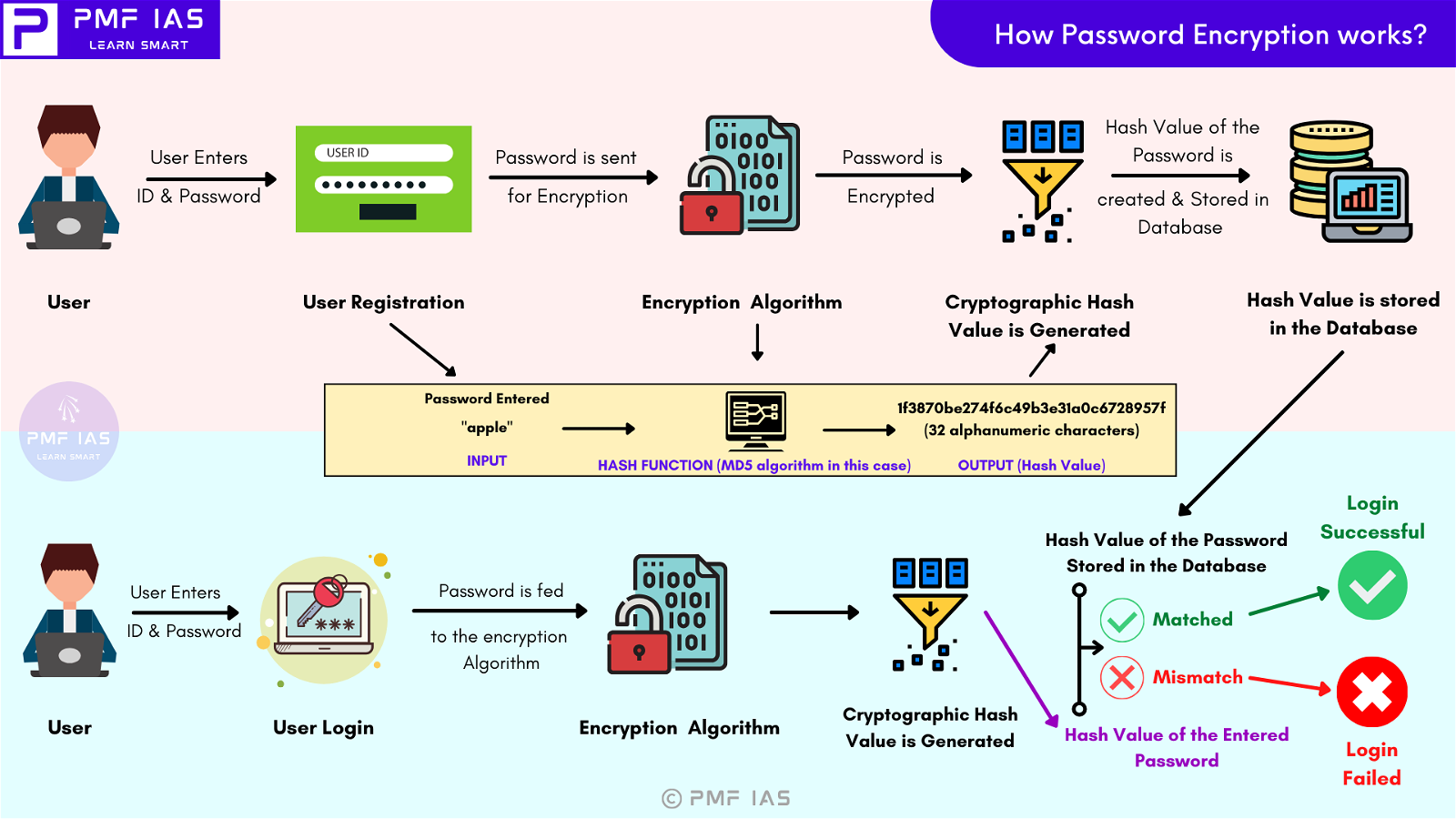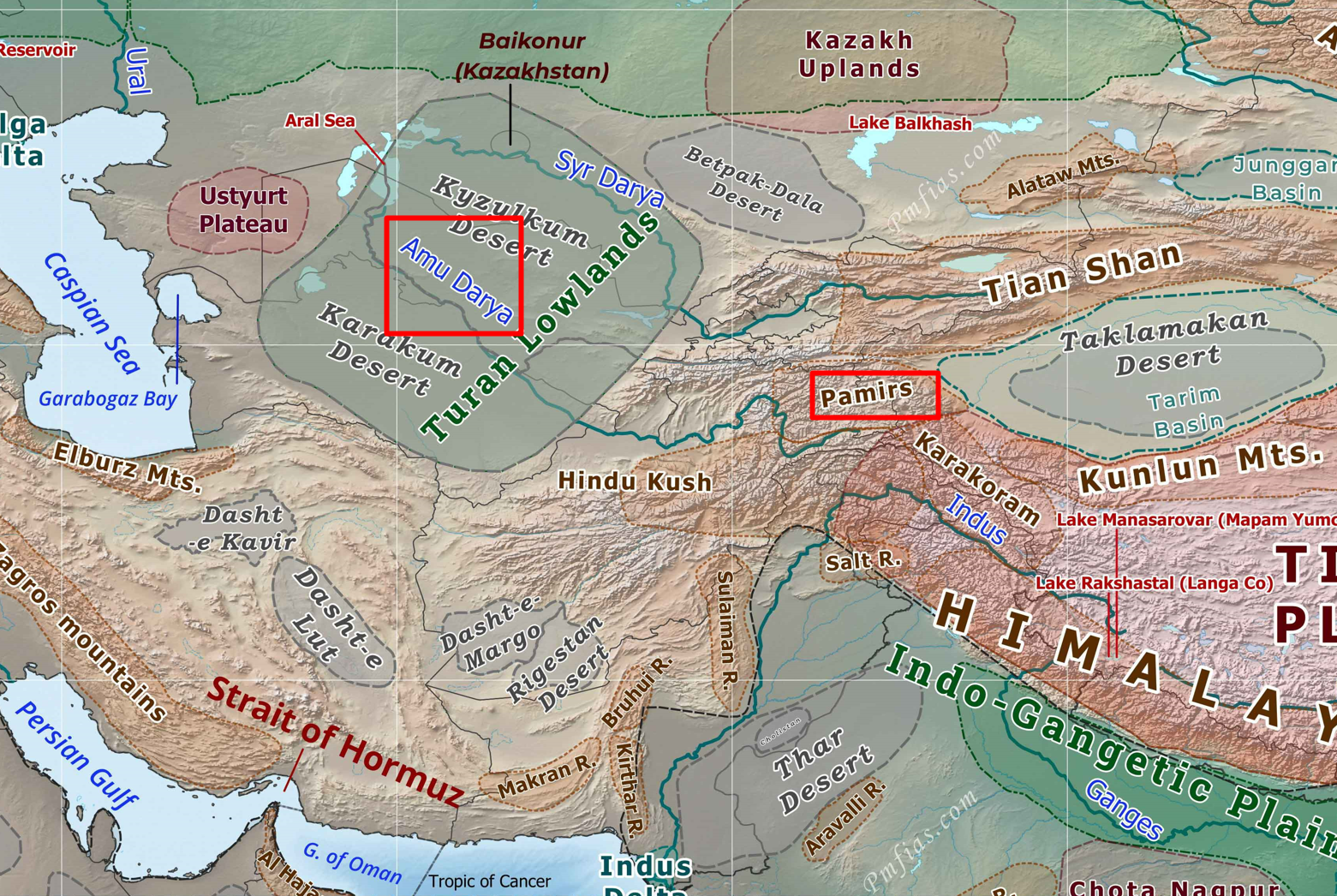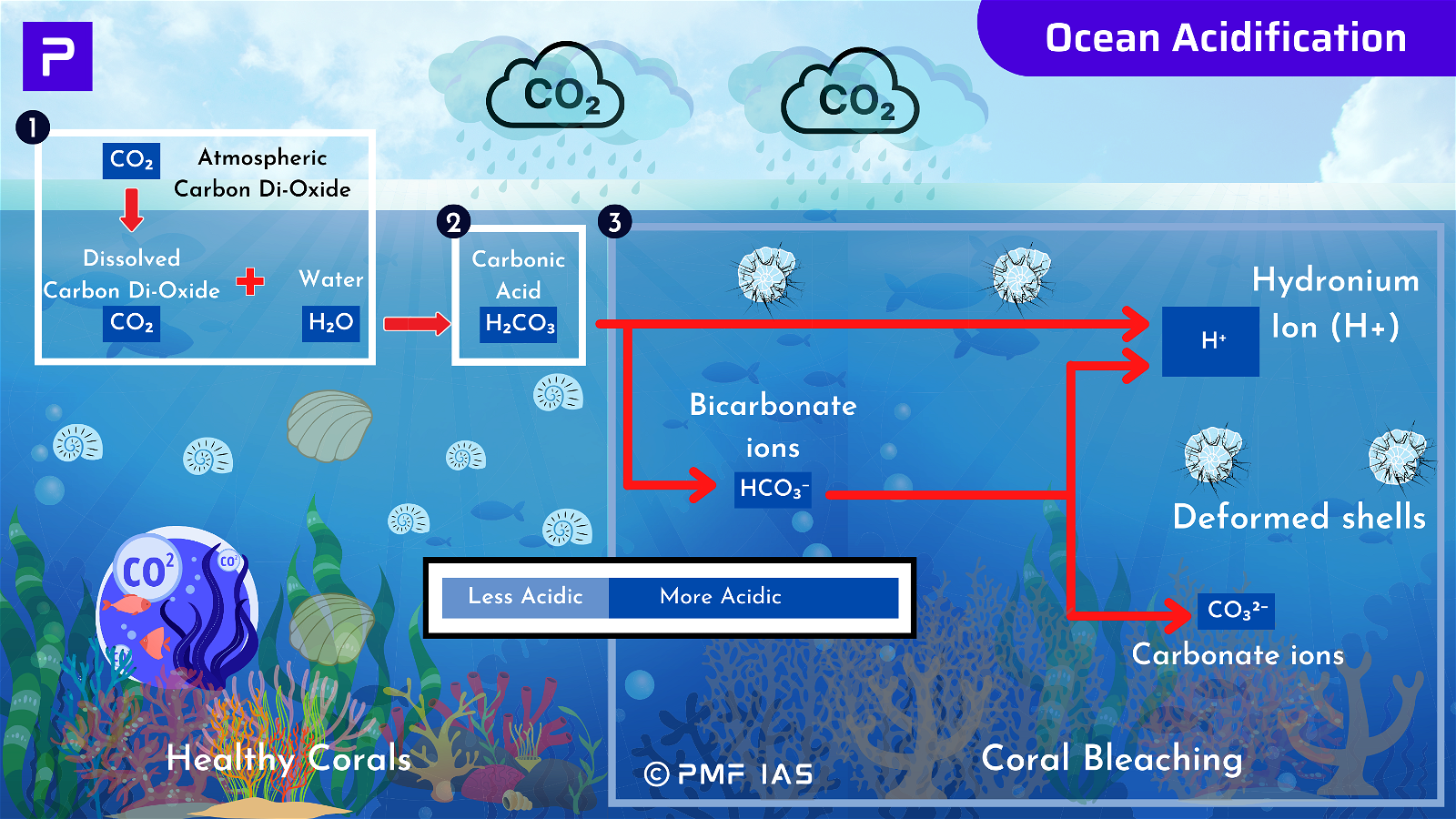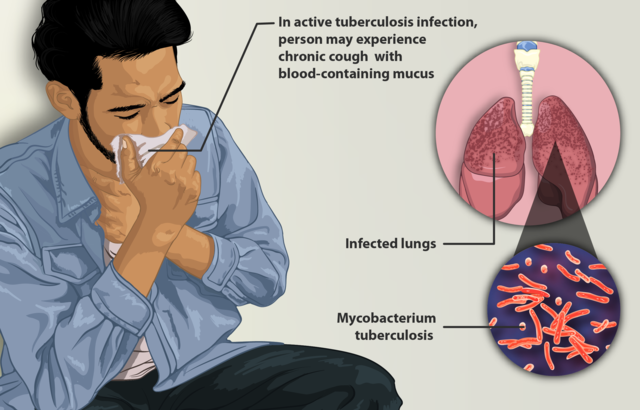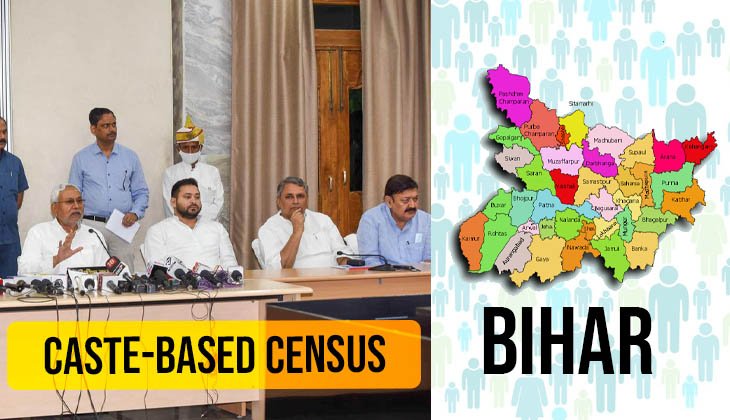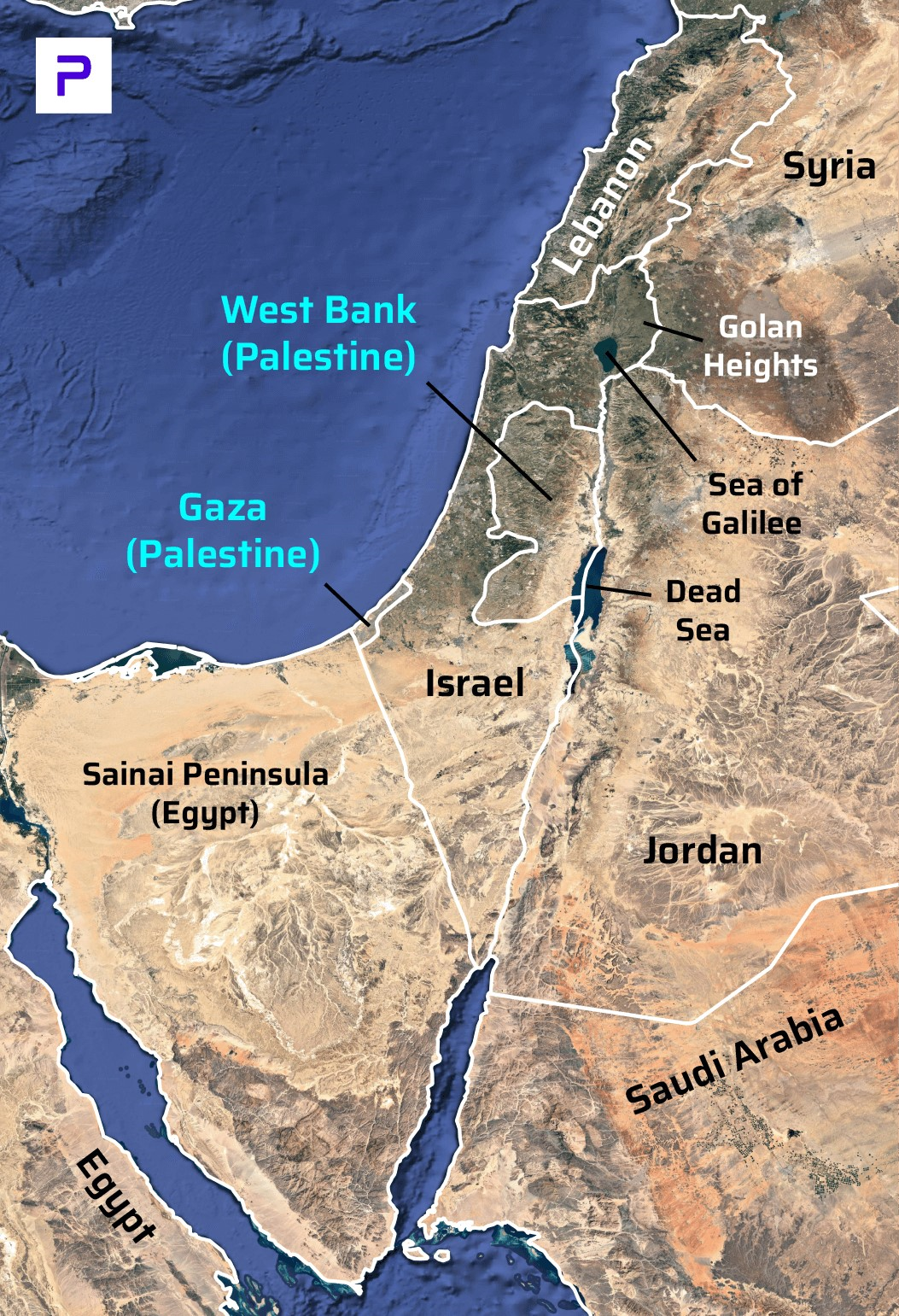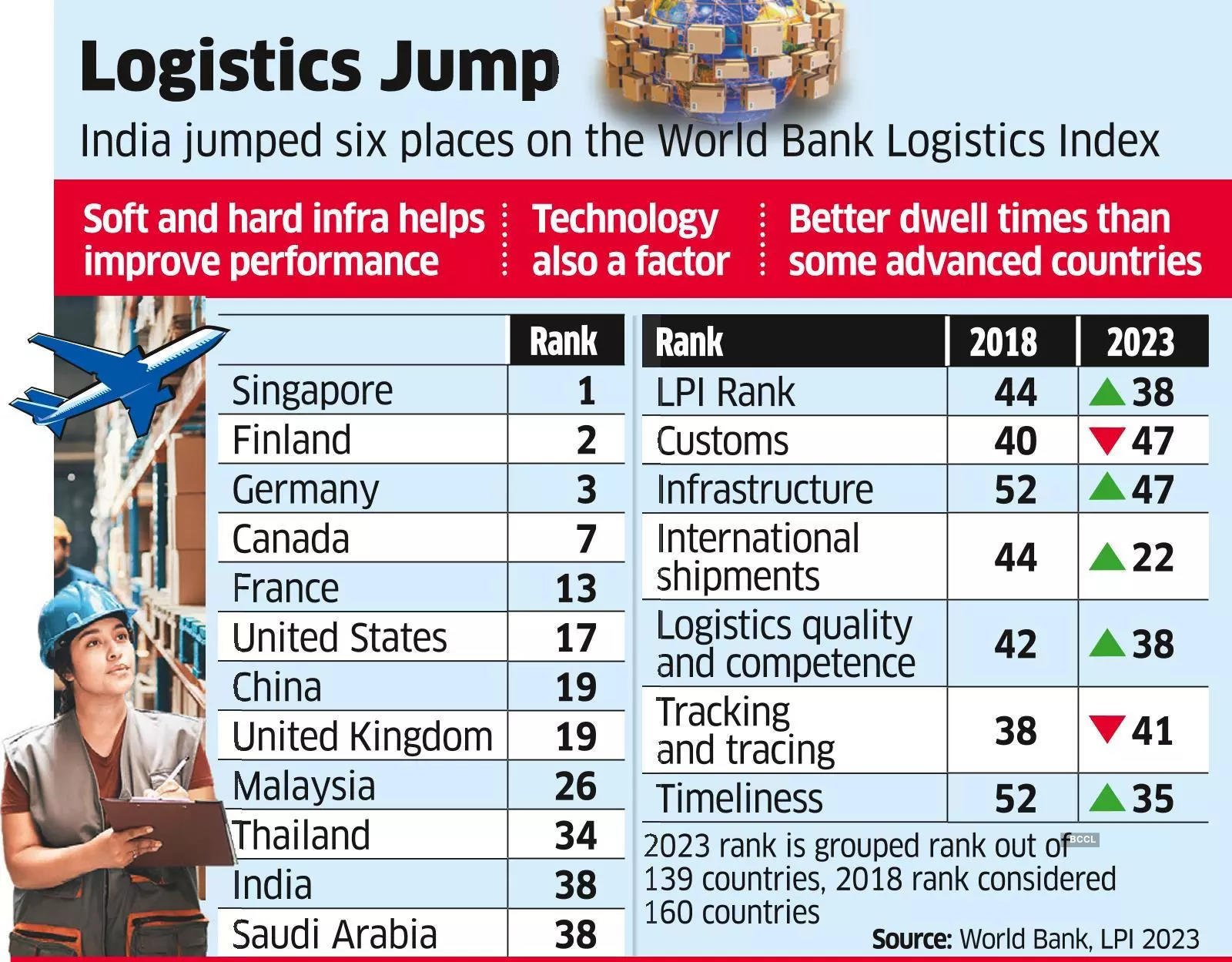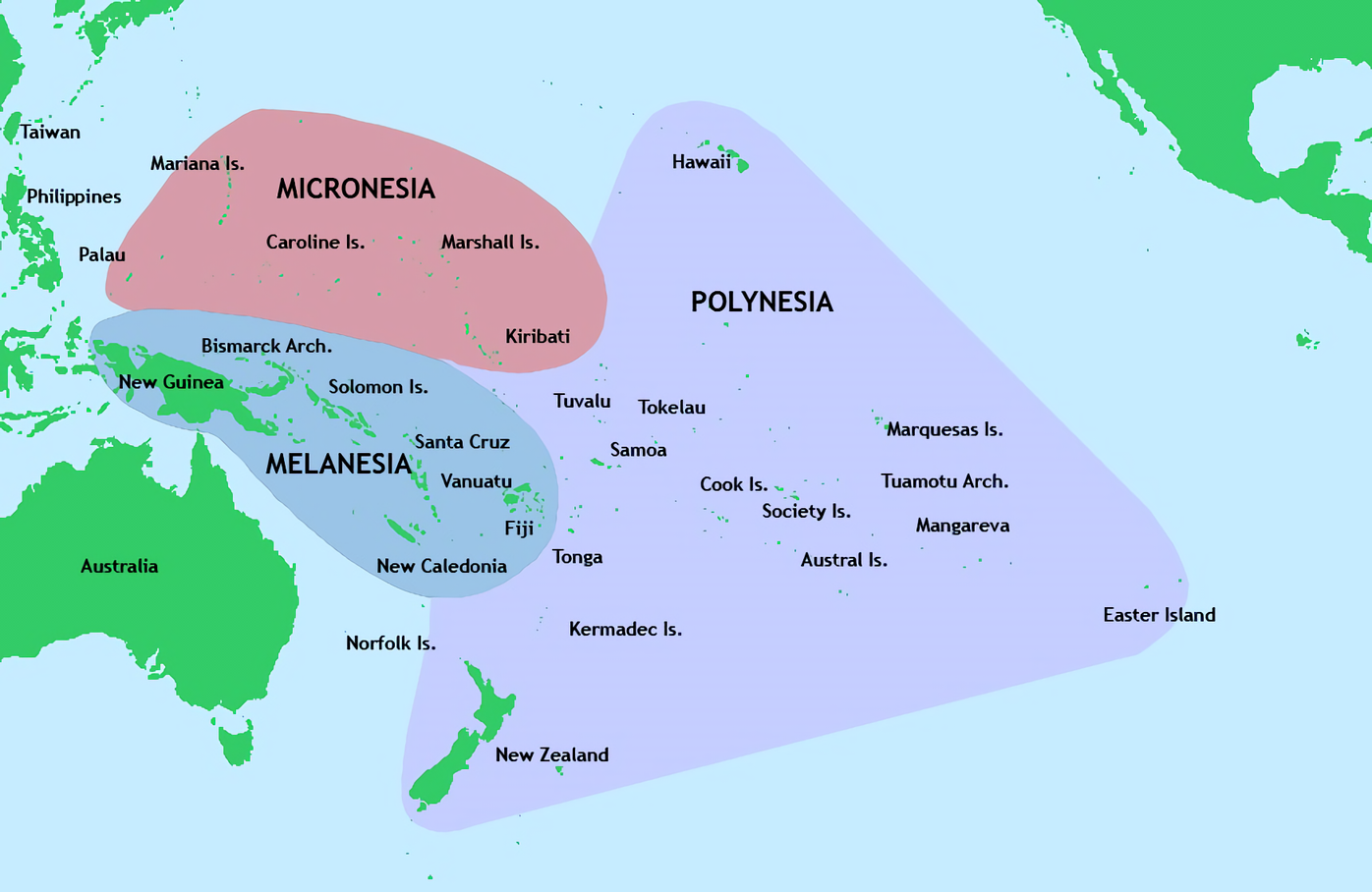
Current Affairs September 28, 2023: Prophet Muhammad, Secularism, MoHA Powers to Retire AGMUT Officers, National Quantum Mission, Compulsory Retirement of GoI Officials, M.S. Swaminathan, Norman Borlaug Field Award, First Green Hydrogen-Fuelled Bus, G-Bonds, Quantum Computers, Swavlamban 2.0
Subscribers of "Current Affairs" course can Download Daily Current Affairs in PDF/DOC
Subscribe to Never Miss an Important Update! Assured Discounts on New Products!
Must Join PMF IAS Telegram Channel & PMF IAS History Telegram Channel
{GS1 – A&C – Religion – 2023/09/28} Prophet Muhammad
- Context (TH): Mawlid al-Nabhi marks the birth of the Prophet Muhammad.
- It is observed on the 12th day of Rabi’ al-Awwal (the third month of the Islamic lunar calendar).
- The date in the Gregorian calendar varies each year because the Islamic calendar is lunar-based.
- Prophet Muhammad, the founder of Islam, was born around 570 CE in Mecca.
- Around 612 CE, he declared himself to be God’s messenger (Rasul).
- During 612-32 CE, he preached:
- The worship of a single God, Allah.
- The membership of a single community of believers (umma).
- In 622 CE, he was forced to migrate with his followers to Medina.
- His journey from Mecca to Medina (hijra) was a turning point in the history of Islam.
- The year of his arrival in Medina marked the beginning of the Muslim calendar (Hijri era).
- After he died in 632, a conflict broke out and the Islamic society was divided into Sunnis (who believed that Muhammad’s successor was Abu Bakr, a father-in-law of the Islamic prophet Muhammad) and Shias (who believed that Muhammad’s successor was Ali, a senior companion of Muhammad).
- 85-90% of the world’s Muslims are Sunni and 10-15% are Shia. Shia are in the majority in Iran, Iraq and Bahrain. Kuwait, Yemen, Lebanon, Qatar, Syria and UAE have sizeable Shia populations.

- In recent years, Sunni-Shia relations have been increasingly marked by conflict, particularly the Iran (Shia majority)–Saudi Arabia (Sunni majority) proxy conflict.
|
Islamic Calendar
- The Hijri era starts from 622 CE. It is a lunar year of 354 days (11 days shorter than the solar year).
- Each day begins at sunset, and each month with the sighting of the crescent moon.
Quran
- The Quran is a book in Arabic divided into 114 chapters (suras).
- According to Muslim tradition, the Quran is a collection of messages (revelations) that God sent to the Prophet Muhammad between 610 and 632.
{GS1 – IS – Secularism – 2023/09/28} Secularism
- Context (TH): Inclusive secularism should not be seen as a project to defend minority rights. It should also address inter-religious and intra-religious dominance and caste and gender domination.
Secularism in the Indian Constitution
Preamble
- Secularism has always been a part of the IC and is reflected in Articles 25-28.
- The 42nd Constitutional Amendment officially added the word ‘Secular’ to the Preamble of the IC.
Article 25 of IC: Freedom of conscience
- Freedom of conscience and free profession, practice, and propagation of religion: It gives the right to profess, practice and propagate religion subject to public order, morality, and health.
- The state can make laws:
- Regulating or restricting any economic, financial, political, or other secular activity associated with religious practice.
- Providing for social welfare and reform.
- Opening the Hindu religious institutions to all classes and sections of Hindus.
Article 26 of IC: Freedom to manage religious affairs
- Every religious denomination or any section has the right:
- To establish and maintain institutions for religious and charitable purposes.
- To manage its own affairs in matters of religion.
- To own and acquire movable and immovable property and administer such property.
Article 27 of IC
- Freedom as to payment of taxes for the promotion of any particular religion: People cannot be forced to pay taxes that are used to support/promote a particular religion/religious denomination.
Article 28 of IC
- Freedom regarding attendance at religious instruction/worship in certain educational institutions.
- Religious teaching is not allowed in educational institutions funded entirely by the government.
- The above provision doesn’t apply to educational institutions run by the government but are established through trusts that mandate religious instruction in that institution.
- Any educational institution recognised by the government or receiving financial support from the government cannot force any individual to participate in religious instruction or attend religious ceremonies conducted within the institution.
Article 29 of IC: Protection of interests of minorities
- Citizens with a distinct language, script, or culture have the right to conserve the same.
- Citizens cannot be denied admission into any educational institution maintained by the State or receive aid out of State funds on grounds only of religion, race, caste, or language.
Indian Secularism vs. Western Secularism
- The Indian concept of secularism is different from the West (separation of state and religion).
- In Indian secularism, the state gives all religions the same status and support.
- In India, exclusion of religion is not possible. The state has to intervene to ensure that there is neither inter-religious (Hindu, Muslim) nor intra-religious (Sunni, Shia) domination.
- The state maintains principled distance. It intervenes depending on what helps foster equality, freedom, or fraternity.
{GS2 – MoHA – Powers – 2023/09/28} MoHA Powers to Retire AGMUT Officers
- Context (TH | IE): The Ministry of Home Affairs (MoHA) has compulsorily retired an IAS officer, Ms Dugga in the public interest due to “lack of integrity and ineffectiveness”.
- The action taken against Ms Dugga was based on her overall track record and is not specifically related to the dog-walking incident of 2022 where she and her husband, also an IAS officer, allegedly emptied the Thyagraj stadium in Delhi to walk their dog.
- The retirement orders were issued under various provisions of the Fundamental Rules and Central Civil Services Pension Rules, 1972.
- Though the Department of Personnel and Training (under Ministry of Personnel, Public Grievances and Pensions) is the cadre controlling authority for IAS officers, the orders were issued by the Ministry of Home Affairs as she was from the Arunachal Pradesh, Goa, Mizoram and Union Territories (AGMUT) cadre, which the Home Ministry controls.
{GS2 – MoST – Initiatives – 2023/09/28} National Quantum Mission
- Context (IE | IE | PIB | TH): The National Quantum Mission (NSM) was launched by the Department of Science and Technology for 2023-24 to 2030-31.
- Aim: to develop scientific R&D and create a vibrant Quantum Technology (QT) ecosystem.
- Objective: to accelerate QT-led economic growth of the country and make India one of the leading nations in the development of Quantum Technologies & Applications (QTA).
Development Targets
- Intermediate-scale quantum computers with 50-1000 physical qubits in various platforms like superconducting and photonic technology
- Satellite-based secure quantum communications between over a range of 2000 km within India
- Long-distance secure quantum communications with other countries
- Inter-city quantum key distribution over 2000 km
- Multi-node Quantum network with quantum memories
Assistance
- NSM will help develop:
- Magnetometers with high sensitivity in atomic systems and Atomic Clocks for precision timing, communications, and navigation
- Quantum materials such as superconductors, semiconductors, and topological materials
- Photon sources for quantum communications, sensing and metrological applications
Steps
- Four Thematic Hubs will be set up in top academic and National R&D institutes on the domains:
- Quantum Computing
- Quantum Communication
- Quantum Sensing & Metrology
- Quantum Materials & Devices
Benefits
- Benefits of NSM:
- It will greatly benefit India in communication, health, financial and energy sectors, drug design, and space applications.
- It will provide a huge boost to National priorities like digital India, Make in India, Skill India and Stand-up India, Start-up India, Self-reliant India, and Sustainable Development Goals (SDG).
|
{GS2 – Polity – Civil Services – 2023/09/28} Compulsory Retirement of GoI Officials
- The Government has the absolute right to retire Government officials prematurely on the grounds of lack of integrity and ineffectiveness, in public interest, as per the provisions of:
- Fundamental Rules (FR) 56(j)/(l) & Rule 48 of Central Civil Services (CCS) Pension) Rules, 1972
- Rule 16(3) (Amended) of All India Services (Death-cum-Retirement Benefits),1958
- These rules lay down the policy of periodic review and premature retirement of civil servants.
Fundamental Rules (FR) 56(j) of Central Civil Services (CCS) Pension Rules, 1972
- Under FR 56(j), the appropriate authority has the absolute right to retire any Group ‘A’ & ‘B’ officers who entered service before 35 years of age and have attained 50 years of age.
- In other cases, the rule applies to those who have attained 55 years of age.
- The cases of government servants covered by FR 56(j) should be reviewed six months before they attain the age of 50/55 years or complete 30 years of service, whichever occurs earlier.
- The government informed the Lok Sabha in August 2023 that in the past three years, 122 officers have been given compulsory retirement under Rule 56(j).
Fundamental Rules (FR) 56(l) of Central Civil Services (CCS) Pension Rules, 1972
- FR 56(l) applies to a government servant in Group ‘C’ service or post who is not governed by any pension rules after he has completed 30 years of service.
- The appropriate authority has the absolute right to retire them by giving notice of not less than three months in writing or three months of pay and allowances in lieu of such notice.
- The compulsory retirement pension is admissible to a government servant who is retired as a measure of penalty by the competent authority.
- The amount of pension/gratuity or both shall not be less than two-thirds and not more than the full compensation pension that could be sanctioned to a GoI servant on the date of such retirement.
Rule 48 of the Central Civil Services (CCS) Pension Rules 1972
- The rule pertains to retirement on completion of 30 years of qualifying service. After 30 years of service, a government servant is eligible for retirement and can receive pension benefits.
- The amount of pension or gratuity or both shall not be less than two-thirds and not more than the full compensation pension that could be sanctioned to a GoI servant on the date of such retirement.
Rule 16(3) of the AIS (DCRB) Rules 1958
- The rules allows the Central government, in consultation with the state government, to require a member of the service to retire in public interest after a notice of three months or three months of pay in lieu of the notice.
- The review of the officer’s performance can be done either when he/she completes 15 years of qualifying service, or after 25 years of service or upon the officer turning 50 years, or anytime thereafter as the government deems fit.
{GS3 – Agri – Green Revolution – 2023/09/28} M.S. Swaminathan
- M.S. Swaminathan was instrumental in developing high-yielding varieties of paddy, which helped India’s low-income farmers produce the crop in abundance.
- The United Nations Environment Programme called him the “Father of Economic Ecology”.

M.S. Swaminathan’s Role in the Green Revolution
- The back-to-back severe drought in the mid-1960s compelled to look for solutions to overcome the “ship-to-mouth” existence when the country was dependent on foodgrains imported from the U.S.
- Dr Swaminathan’s efforts led to the success of the ‘Green Revolution,’ a programme that paved the way for a quantum jump in productivity and production of wheat and rice.
- The discovery of Norman Borlaug, a celebrated American farm scientist and 1970 Nobel Laureate, on wheat had played a huge role in this regard.
For more information: Green Revolution
Awards, Roles and Recognitions
- M.S. Swaminathan became the Director General of Indian Council of Agricultural Research (ICAR).
- In 1979, he was made the Principal Secretary, Union Ministry of Agriculture and Irrigation.
Awards
- Received Padma Shri in 1967.
- Awarded the Ramon Magsaysay award for community leadership in 1971.
- Received the Padma Bhushan in January 1972.
- The first World Agriculture Prize, instituted by the Indian Council of Food and Agriculture, was given to him in October 2018.
International Roles and Honors
- He headed the International Rice Research Institute (IRRI) in the Philippines from 1982 to 1988.
- He was awarded the first World Food Prize in 1987 — the highest honour in the field of agriculture — for his leadership role at the International Rice Research Institute (IRRI) in the Philippines.
- He was the the first foreigner to receive the Golden Heart Presidential Award of the Philippines.
|
Swaminathan Commission
- Appointed as chairman of the National Commission on Farmers in 2004.
- The commission submitted five reports, with a key recommendation of setting a minimum support price (MSP) at least 50% higher than the cost of production.
{GS3 – Agri – Green Revolution – 2023/09/28} Norman Borlaug Field Award
- Context (TH | IE): Dr Swati Nayak, a scientist at the International Rice Research Institute South Asia Regional Centre (ISARC), has been awarded the Borlaug Field Award by the World Food Prize.
- Dr Swati Nayak is renowned for researching climate-resilient and nutritious rice varieties.
- She has researched extensively on 500+ climate-resilient, high-yielding, biofortified rice varieties through 10,000 on-farm tests, focusing on helping smallholder farmers.
- She raised the issue that about 1,500 rice varieties have been released or developed in India, but only 350-400 are indented by seed producers/suppliers.
- Even out of those, the demand is for hardly 50 varieties, with the rest just on paper and never hitting farmers’ fields.
World Food Prize
Norman Borlaug
For more information: Green Revolution International Rice Research Institute (IRRI)
Golden rice
|
{GS3 – Envi – Air Pollution – 2023/09/28} First Green Hydrogen-Fuelled Bus
- Context (IE | PIB): Indian Oil Corporation (IOC) has started the operational trial of green hydrogen-fuelled buses in the National Capital Region (NCR).
- Benefits:
- Fuel cells are more efficient than conventional internal combustion (IC) engines. The electrical efficiency of fuel cells is 55-60% compared to thermal efficiency of around 25% for IC engines.
- Fuel cell vehicles are also more efficient than Electrical Vehicles (EVs).
- Fuel cell vehicles have zero carbon emissions (only emit water vapour and warm air).
Hydrogen as Fuel
- Hydrogen is a colourless, odourless, highly flammable, non-toxic gas.
- It is the lightest and most abundant element in the universe.
- On earth, it never occurs freely. It exists combined with other elements, e.g., water (H2O).
- It has to be produced using other sources of energy. Hence, it is an energy carrier (like electricity) and not an energy source.
- Hydrogen is a clean molecule that produces only water and water vapour as by-products when used as fuel. However, the process of extracting it is energy-intensive.
|
Types of Hydrogen
- Hydrogen is classified into different types based on the energy source used in its production:
- Brown Hydrogen: Produced using coal without carbon sequestration (high carbon emission).
- Grey Hydrogen: Produced using Natural Gas without carbon sequestration (carbon emission).
- Blue Hydrogen: Produced using Natural Gas with carbon sequestration (low carbon emission).
- Green Hydrogen: Produced using Renewable Energy (Zero carbon emission; carbon sequestration is not needed).
Green Hydrogen
- Green hydrogen is produced by splitting water into hydrogen and oxygen using an electrolysis process powered by renewable energy (like wind and solar energy).
|


Benefits of green hydrogen
- Green hydrogen releases no carbon by-products because it is produced using renewable energy (water and water vapour are the only by-products it releases). So, it has a low carbon footprint.
- It is challenging to use renewable energy as a steady source of energy supply. So, green hydrogen helps in the utilisation of renewable energy while meeting energy needs steadily.
- It is light, storable for a long time and energy-dense (storing a large amount of energy in relation to its volume). So, it is suitable for long-distance mobilisation.
Challenges in the use of green hydrogen
- High transportation cost of renewable energy required in green hydrogen production.
- High cost of production and lack of infrastructure.
- Limited technology to use green hydrogen in different sectors.
Indian Oil Corporation (IOC)
|
{GS3 – IE – Securities – 2023/09/28} G-Bonds
- Context (TH): GoI will issue G-Securities (G-secs) with a 50-year maturity. Till now, the maximum maturity period was 40 years.
Financial Securities
- Financial security refers to a financial instrument that holds some monetary value.
- The term “securities” is commonly associated with stocks and bonds.
- These are tradable financial instruments to raise capital in public and private markets.
- There are primarily three types of securities:
- Equity: It provides ownership rights to holders.
- Debt: Loans repaid with periodic payments.
- Hybrids: It has aspects of debt and equity.
Government Securities (G-Sec)
- It is a tradable instrument issued by the Central or State Governments.
- The government issues only debt securities.
- G-sec are issued through auctions conducted by RBI.
- There is no risk of default; hence, they are called risk-free gilt-edged instruments.
- There are four types of G-Securities:
- Treasury bills (T-bills)
- Cash Management Bills (CMB)
- Dated Securities
- State Development Loans (SDL)
- The central government can issue all four types of G-Sec.
- The state government can issue only SDL and not others.
- T-bills and CMBs are examples of zero-coupon bonds.
Zero-coupon bond
- A zero-coupon bond is a debt security that doesn’t pay interest (a coupon).
- It is traded at a price lower than its face value. It is redeemed for its full face value, making a profit.
- The difference between a regular bond and a zero-coupon bond is that the former pays bondholders’ interest, while the latter does not issue such interest payments.
{GS3 – S&T – Computers – 2023/09/28} Quantum Computers
- Context (TH): Quantum computers promise to be more efficient than conventional computing.
- Quantum computers are a type of computing technology that uses the principles of quantum mechanics to perform calculations.
- Quantum mechanics is a branch of physics that studies the behaviour of matter at the atomic and subatomic levels.
Characteristics of Quantum Computers
Reasons why quantum computers are more efficient than conventional computers:
Superimposition
- Unlike classical computers that use binary bits (0,1), quantum computers use qubits (quantum bits) as the basic unit of information.
- Binary bits can represent either 0 or 1, but qubits can exist in a superposition of states, meaning they can represent both 0 and 1 simultaneously.
- Superposition states allow qubits to carry more information.
- This property also allows quantum computers to perform multiple calculations parallelly.
Entanglement
- Entanglement means that two qubits can be intrinsically linked even when physically separated.
- This allows quantum computers to tackle complex problems that classical computers cannot.
Scalability
- In classical computers, processing power grows linearly with adding more binary bits.
- But in quantum computers, processing power grows exponentially with the addition of more qubits.
Concerns/Challenges with Quantum Computers
- Sensitivity to environment: Quantum computers are extremely sensitive to interactions with their environment. This can result in errors in computation.
- Limited tasks: While quantum computers have shown impressive performance for some functions, they are still relatively small compared to classical computers.
- Quantum hardware: Developing high-quality quantum hardware, such as qubits and control electronics, is a significant challenge, both technologically and financially (expensive).
- Quantum software: Quantum algorithms and software development tools are still in their infancy.
- Classical computer interfaces: Quantum computers will not replace classical computers; they will be complementary technology. So, developing efficient and reliable methods for transferring data between classical and quantum computers is essential for practical applications.
- Standards and protocols: Developing standards for quantum computer-related things is essential to ensure compatibility and interoperability between different quantum computing platforms.
- Security threat: With the immense computing power of quantum computers, potential security threats arise, such as breaking classical cryptographic algorithms (even banking passwords can be easily cracked using brute-force techniques — trial and error).
Quantum Computers vs. Supercomputers
|
Quantum Supremacy
- Quantum supremacy means that a difficult problem is solved in seconds with the help of quantum computers which would otherwise take a supercomputer thousands of years to accomplish.
How is it possible?
- Because of quantum superposition, a quantum computer can mimic several classical computers working in parallel.
- For example, if we have a database of a million social media profiles & had to look for a particular individual, a classical computer would have to scan each profile which would amount to a million steps.
- Quantum computers would do the same task with one thousand steps instead of a million.
What can this mean for online banking?
- Supercomputers don’t have enough computational capabilities to break a bank grade encryption (theoretically they can but practically it takes years to break a bank grade encryption). But if quantum computers become a practical reality, then bank grade encryptions don’t stand a chance.
- However, it is likely that banks will harness quantum computers (quantum cryptography) themselves to create a more secure ecosystem.
Quantum Cryptography
- Quantum cryptography is the science of exploiting quantum mechanical properties to perform cryptographic tasks — encrypt and transmit data in a way that can never be hacked.
- Quantum cryptography solves the problem of secure key distribution by allowing the exchange of a cryptographic key between two remote parties with absolute security.
What is Quantum Key Distribution?
- Quantum key distribution (QKD) is a secure communication method which implements a cryptographic protocol involving components of quantum mechanics.
- Quantum key distribution doesn’t encrypt the actual data, but rather allows users to securely distribute classical keys which can then be used for encrypted communication.
- In the QKD, encryption keys are sent as ‘qubits’ (or quantum bits) in an optical fibre.
- Quantum communication involves encoding information in quantum states, or qubits, as opposed to classical communication’s use of bits. Usually, photons are used for these quantum states.
Is it possible to copy data encoded through QKD?
- No, it is not possible to copy data encoded in a Quantum State.
- If one attempts to read the encoded data, the quantum state will be changed, which in return could be used to detect eavesdropping in QKD.
Phonons in Quantum Computers
- Quantum computers are a type of computing technology that uses the principles of quantum mechanics to perform calculations.
- They use qubits as their basic unit of information. A qubit can be a particle like an electron.
- Any particle that can be manipulated to encode information can be used as a qubit.
- Scientists have developed an acoustic beam-splitter that can manipulate phonons to use as qubits.
|
Majorana Zero Modes
- Context (TH): Microsoft has found a way to create a particle called Majorana zero modes that can revolutionise quantum computing.
Majorana Fermions
- All subatomic particles that makeup matter are called fermions.
- British physicist Paul Dirac found the existence of an antiparticle for each particle.
- An antiparticle is a subatomic particle with the same mass as a corresponding particle but with the opposite physical charges and magnetic moment.
- If a particle and antiparticle meet, they annihilate each other.
- Italian physicist Ettore Majorana found that particles that satisfied certain conditions can be their own antiparticles. Such fermions are called Majorana fermions.
Majorana Zero Modes
- They are formed when two Majorana fermions bind together to form a single particle.
- They are unique because they are their own antiparticle.
- Benefit: They are topologically protected, meaning they are not easily destroyed by noise or errors. So, they can be used to create topological quantum computers.
- Normally, quantum computers are very fragile to noise and errors.
|
{Prelims – S&T – Defence – 2023/09/28} Swavlamban 2.0
- Context (TH | IE): The Indian Navy is set to release its updated indigenisation roadmap, ‘Swavlamban 2.0’, in the first week of October 2023.
- In the previous year, as part of the Azadi ka Amrit Mahotsav, the Navy committed to developing 75 technologies. This goal has not only been met but exceeded.
- These indigenously developed technologies are of world-class standards and are cost-effective.
- ‘Swavlamban 2.0’ aims to foster collaboration, coordination, and development of new technologies through partnerships, further strengthening India’s self-reliance in naval technology.




![PMF IAS Environment for UPSC 2022-23 [paperback] PMF IAS [Nov 30, 2021]…](https://pmfias.b-cdn.net/wp-content/uploads/2024/04/pmfiasenvironmentforupsc2022-23paperbackpmfiasnov302021.jpg)

